The biggest danger when the temperature drops well below freezing is freezing pipes. When water freezes it expands and can burst your pipes.
The first thing I do to protect my water pipes from freezing is to open the cabinet doors. Then I go to the refrigerator and take out the thermometer that I keep there to make sure that the refrigerator is working at the right temperature.
I put the refrigerator thermometer under the sink near the water pipes as they go down under the floorboards. This lets me know if the temperature is getting dangerously low to the point where I need to go to step two.
If the temperature is getting below 40 I start running the water every hour. I run it until the hot water feels good and hot. Then I run the cold water as well to make sure that it is still flowing normally.
Every hour I check the temperature. If it is getting close to 32 I begin running the water in the pipes. It doesn't need to be full blast. Just keep it running a little. That should keep them from freezing.
You might think that running a space heater near these pipes would help but the problem is not in the cabinet but rather in the space under the floors where the temperatures get colder still. Only heating your basement or cellar would help here.
If your pipes do begin to freeze you will notice that the water doesn't flow well. Just keep running the water and the water that runs through will begin to melt the ice.
If no water comes through you will know that somewhere the water in the pipe has frozen.
Locate the place where the pipe has frozen and use a hair dryer or heating pad to warm the pipe until the water begins to flow again.
DO NOT USE open flames or blow torches to thaw out frozen pipes. Doing this is one of the main causes of house fires.



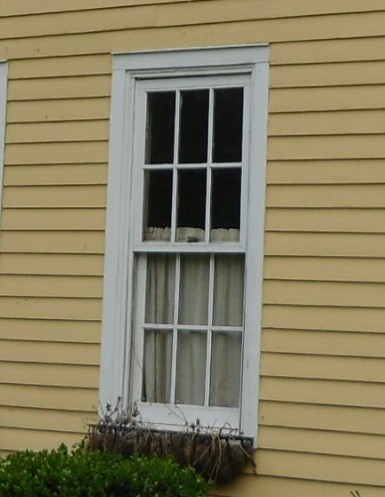
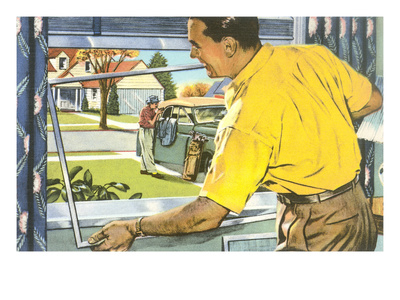
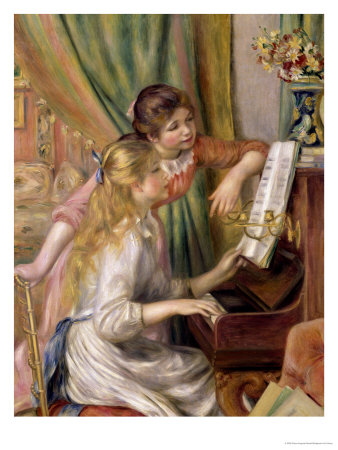
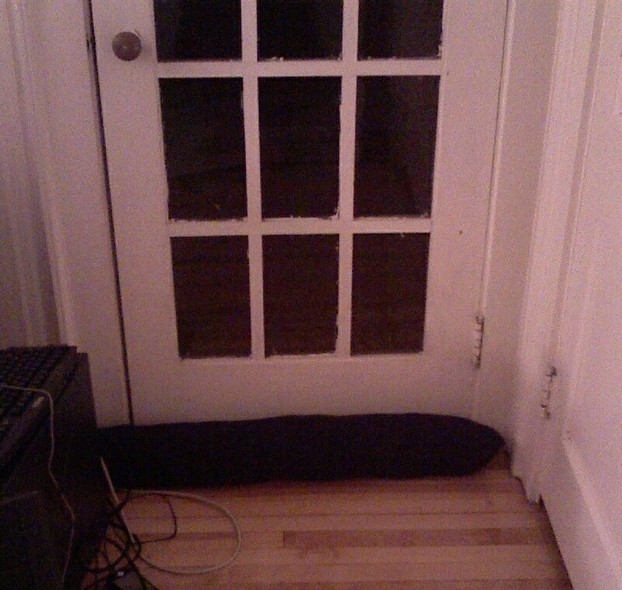
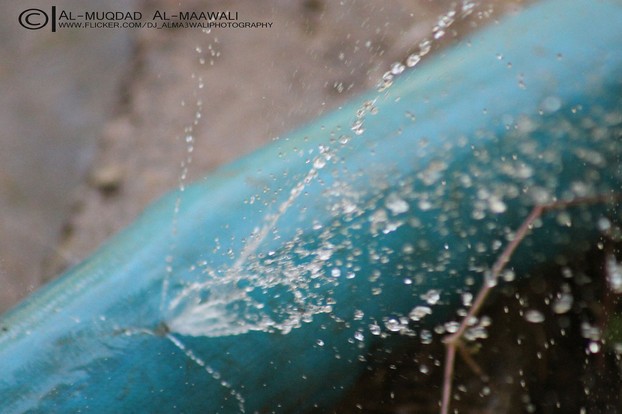
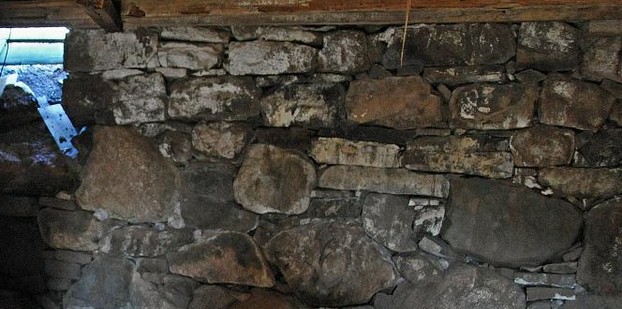



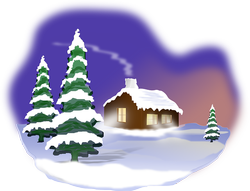

 Garner Rix and the Royalton Raid - 1780on 01/18/2016
Garner Rix and the Royalton Raid - 1780on 01/18/2016
 Light Table Alphabeton 12/30/2014
Light Table Alphabeton 12/30/2014
 LEGOs in the Playpenon 01/03/2014
LEGOs in the Playpenon 01/03/2014



How do you keep YOUR house warm when the cold winds blow?
Late 2014 we purchased a multi-fuel burner. We burn birch logs and smokeless coal-based fuel. It warms the living room well, and I notice that when I get up in the morning the ash is still slightly warm, so the burner must be radiating heat during the night, enabling us to wake up to a warmer living room. I can use the wood ash on the allotment as a soil enhancer, making for efficient recycling; and we can use scrap paper as kindling, which saves us money.
We are not advised to burn scrap wood from pallets, etc, or softwoods, which have too much resin. But birch burns hot and quickly. I start with wood and then when the fire is really hot put in pieces of coal-based fuel, as this will glow for quite some time.
As I am over 60 I am entitled to £200 [about 360 dollars] a year from the British government for winter fuel. I used my allowance this year to put towards the installation of the burner.
All good tips for winterizing your home.
Another historical suggestion for warmth at night is the old fashioned four poster bed. It had a ceiling and curtains, which were drawn around the sleeper at night, which acted as extra insulation.
I do not heat my house during the day in winter, but when writing at home I wrap a blanket around my legs. I also take the chill off the air by using candles, which warm the air.
I think everyone I know is watching the heating bills these days. Our home is quite warm generally and not huge so we don't shut any rooms off. We do put the rugs back down and draw curtains and have lots of lovely throws around to cosy up in.
Great ideas here, Evelyn! I haven't been able to figure out how to get my drafty old house warm. I just moved here, right on time for the second polar vortex. We are freezing in this house! Your tips are helping a lot. I am also stuffing pieces of quilt batting anywhere I feel a draft coming in. It is helping a lot! Thanks for all of the terrific tips!
Mira, I hope you come visit some day. Have you ever been to Vermont?
Evelyn: Wow, that sounds like a keeper then. And yes, shrinking it down in winter and opening it up in the summer makes perfect sense.
Lori, I have started replacing the old windows. I have 10 thermopanes. Four with wooden storms. One Aluminum storm window. And 18 single pane windows covered in frost. One of these days I may get them all replaced. It will keep the house warmer but I may miss the beautiful patterns that Jack Frost makes on the old ripply glass.
Well, we have more in common than I thought. My house was built in 1857. I just replaced the original windows 5 years ago but the stone root cellar is still freezing cold! great tips.
Thank you Virginia. I have heard that it is hard on a house to close it up unheated for the winter. Do you ever find any problems when you return?